Introduction
Agility is a key factor for many riders when considering a mode of two-wheeled transportation. While motorcycles are often perceived as more agile due to their sportier design and higher performance capabilities, scooters have made significant advancements in recent years. In this guide, we will explore whether a scooter can offer the same level of agility as a motorcycle, considering various aspects that contribute to overall maneuverability and responsiveness.
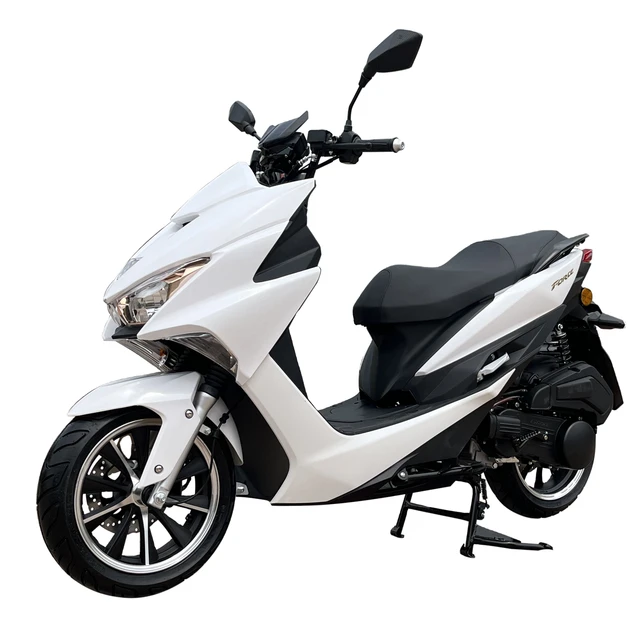
Can a scooter offer the same level of agility as a motorcycle?
Size and Weight
1.1. Scooter Size and Weight
Scooters are generally smaller and lighter than motorcycles, which can contribute to their agility. Their compact size allows for easier maneuverability in congested traffic or tight parking spaces. With lower overall weight, scooters have a lower center of gravity, making them easier to handle and maneuver at lower speeds.
1.2. Motorcycle Size and Weight
Motorcycles, particularly sport bikes, tend to be larger and heavier than scooters. While this can affect agility to some extent, manufacturers have made advancements in design and engineering to minimize weight and optimize handling. Lighter weight materials, such as aluminum frames and carbon fiber components, are now commonly used in motorcycle construction to enhance agility and maneuverability.
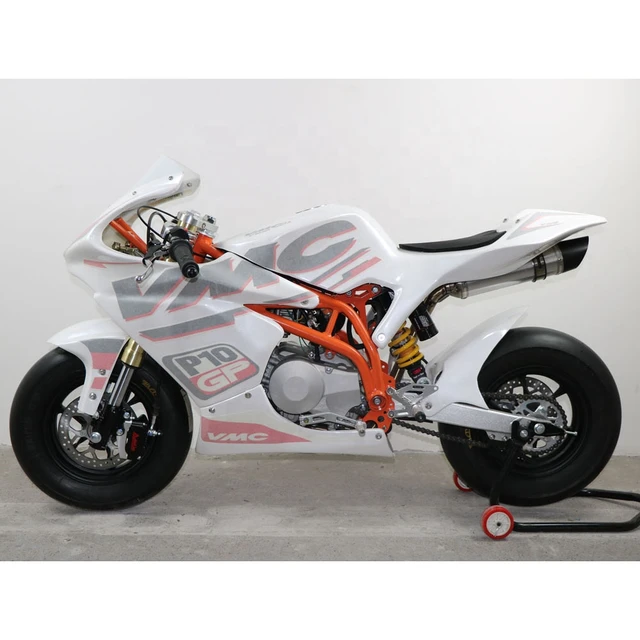
Wheelbase and Steering Geometry
2.1. Scooter Wheelbase and Steering Geometry
Scooters often have a shorter wheelbase and different steering geometry compared to motorcycles. The shorter wheelbase provides enhanced maneuverability in urban environments, allowing for quicker turns and more agile handling. The steering geometry, with a steeper rake angle and narrower front end, contributes to sharper and more responsive steering.
2.2. Motorcycle Wheelbase and Steering Geometry
Motorcycles, particularly sport bikes, may have longer wheelbases and different steering characteristics. This design allows for more stability at higher speeds, but it may slightly compromise agility when navigating tight turns or urban environments. However, advancements in motorcycle engineering, such as adjustable suspension systems and quick-steering kits, have allowed riders to customize their motorcycles for improved agility.
Power and Acceleration
3.1. Scooter Power and Acceleration
Scooters are generally designed for efficient city commuting rather than high-speed performance. They often feature smaller engines, which offer sufficient power for everyday riding but may have limitations in terms of acceleration and top speed. While scooters may not match the acceleration of higher-powered motorcycles, modern models have seen improvements in power output and responsiveness.
3.2. Motorcycle Power and Acceleration
Motorcycles, particularly those with larger engines, can offer superior power and acceleration compared to scooters. They are designed for various riding styles, including high-performance sport riding, off-road adventures, or long-distance touring. Motorcycles with sport-oriented designs and powerful engines can deliver exhilarating acceleration and top speeds, contributing to their perception of agility.
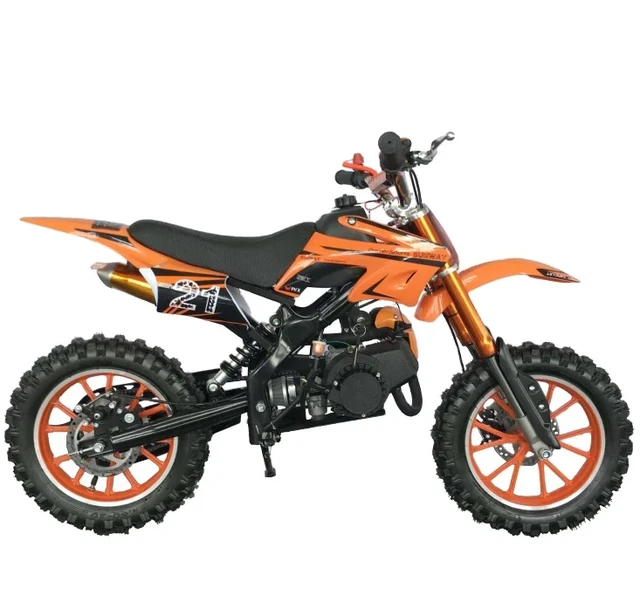
Suspension and Handling
4.1. Scooter Suspension and Handling
Scooters often feature smaller wheels, which can affect their suspension and handling characteristics. However, manufacturers have made advancements in scooter suspension systems to improve comfort and stability. Many modern scooters now come equipped with advanced suspension setups, such as telescopic forks and adjustable rear shocks, to enhance ride quality and handling.
4.2. Motorcycle Suspension and Handling
Motorcycles, particularly sport bikes, typically feature advanced suspension systems designed for optimal handling and performance. Upside-down forks, adjustable damping, and sophisticated linkage systems are commonly found on motorcycles, allowing riders to fine-tune their suspension settings. These features maximize control and stability during aggressive cornering and high-speed maneuvers.
Riding Position and Ergonomics
5.1. Scooter Riding Position and Ergonomics
Scooters generally offer a more relaxed and upright riding position, promoting comfort and ease of use. The feet-forward position and spacious seating allow riders to maintain a comfortable posture during longer rides. While this relaxed position may not provide the same level of sportiness as a motorcycle, it contributes to a comfortable and enjoyable riding experience.
5.2. Motorcycle Riding Position and Ergonomics
Motorcycles offer a wide range of riding positions and ergonomics depending on the style and design. Sport bikes have a forward-leaning riding position, allowing for improved aerodynamics and precise control during aggressive riding. Cruisers provide a more relaxed and feet-forward position, ideal for long-distance touring. The varied riding positions in motorcycles cater to different riding preferences and contribute to the overall agility and responsiveness.
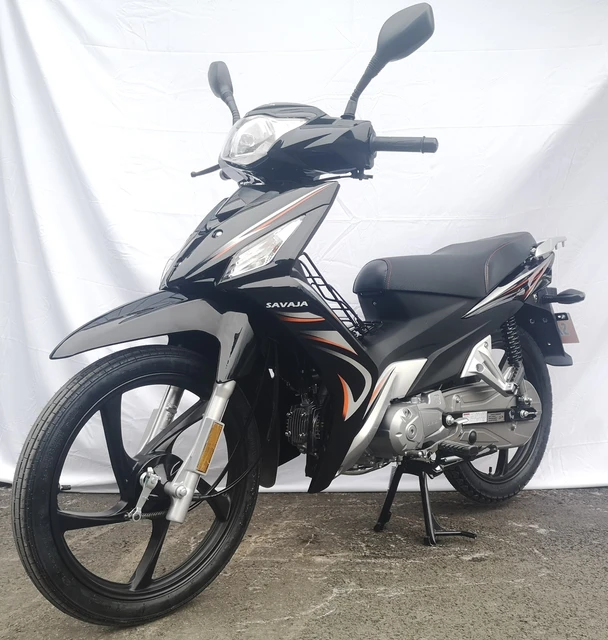
Riding Environment and Conditions
7.1. Scooter Performance in Urban Environments
Scooters are well-suited for urban environments, where agility is highly valued. Their compact size and maneuverability allow riders to navigate through congested city streets, tight corners, and narrow alleys with ease. Scooters’ quick acceleration and nimble handling make them ideal for stop-and-go traffic, frequent lane changes, and navigating through busy intersections.
7.2. Motorcycle Performance in Various Terrains
Motorcycles, with their larger engines and more robust suspension systems, are better equipped to handle various terrains and riding conditions. They are designed to tackle open highways, winding mountain roads, and unpaved trails. Motorcycles offer higher ground clearance, improved traction, and better stability on uneven surfaces, making them more suitable for off-road adventures or long-distance touring.
Customization and Personalization
8.1. Scooter Customization Options
While scooters may offer limited customization options compared to motorcycles, there are still ways to personalize your scooter. Accessories such as windshields, top cases, or decorative decals can add a touch of individuality. Some scooter models also offer optional upgrades like sport exhaust systems or performance air filters, allowing riders to enhance their scooter’s performance and aesthetics.
8.2. Motorcycle Customization Options
Motorcycles have a wide range of customization possibilities, catering to various styles and preferences. From cosmetic enhancements like aftermarket fairings, paint jobs, or custom seats to performance upgrades such as exhaust systems, suspension modifications, or engine tuning, motorcycles offer endless opportunities for personalization. Riders can transform their motorcycles to reflect their unique personalities and riding preferences.
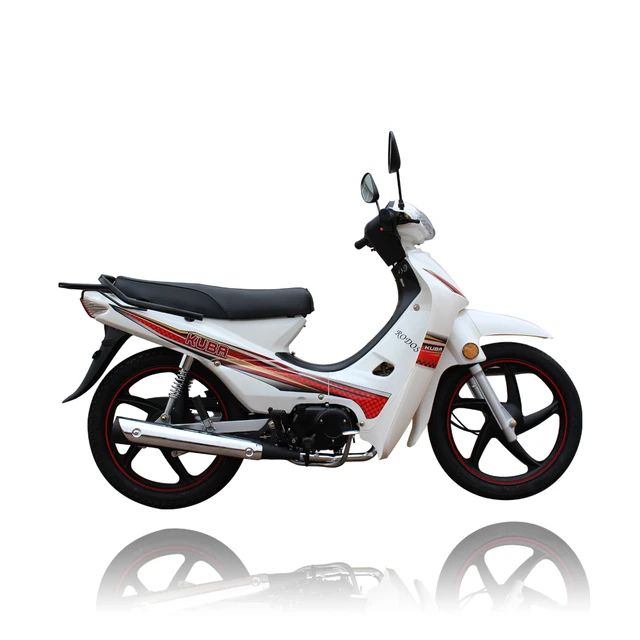
Conclusion
While scooters may not offer the same level of agility as motorcycles in terms of power, acceleration, and high-speed performance, they have made significant advancements in recent years. Scooters excel in urban environments, providing excellent maneuverability, ease of use, and a comfortable riding experience. With their compact size, lower weight, and responsive steering, scooters can navigate congested traffic and tight spaces with ease.
Motorcycles, on the other hand, offer more versatility in terms of power, performance, and riding styles. They cater to various preferences, from sport riding to touring, and can deliver exhilarating acceleration and top speeds. Motorcycles often have advanced suspension systems, customizable ergonomics, and higher power outputs, enhancing their overall agility and handling capabilities.
Ultimately, the level of agility desired by a rider depends on individual preferences, riding needs, and the intended purpose of the vehicle. Consider factors such as size, weight, wheelbase, power, suspension, handling, and riding position when making your decision. Test rides and personal experience are also crucial in determining the agility and responsiveness that suits your riding style.
Whether you choose a scooter or a motorcycle, embrace the joy of two-wheeled transportation and the freedom of the open road. Both options offer unique advantages and can provide thrilling and enjoyable riding experiences.
